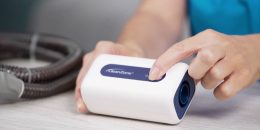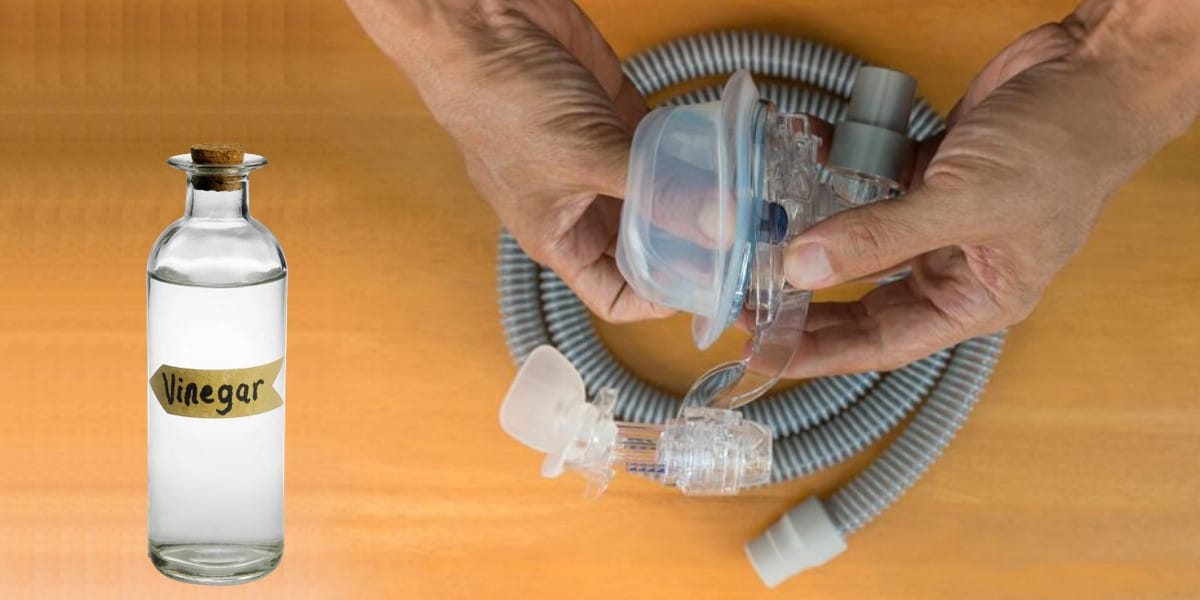
Can you clean a CPAP hose with the help of vinegar? Yes! Read on for the best vinegar cleaning recipe for your CPAP.
CPAP machines are necessary for people who have obstructive sleep apnea. This machine increases the pressure of the air inside your nose and throat so that it doesn’t collapse. CPAP provides sound sleep and good breathing. There are many CPAP machines with different benefits, from the simplest to the hi-tech ones. They typically consist of a motor, a mask, and a hose.
CPAP exists for everyday use. It uses the airflow, and the person breathes in and out with the help of the machine. That is why it needs frequent cleaning. To maintain the machine and care about your health, you need to clean and replace parts of the device regularly.
Why Clean My CPAP?
As you use the machine whenever you sleep, it frequently gets dirty. Your home may be clean, but germs still can exist even on the cleanest surfaces. Bad ecology, polluted air, and dust can enter the house. A CPAP machine pumps the air straight into your lungs so it can gather germs from the air. Also, bacteria love warm and humid places like your mask and hose.
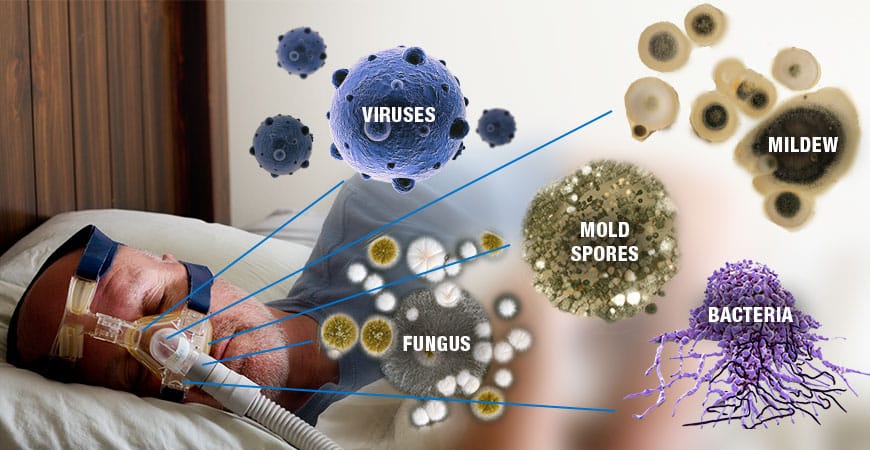
When you breathe, germs and bacteria from your nose and mouth can get into the CPAP mask and hose. If not cleaned daily, they accumulate and may cause illnesses. Be safe, wash your CPAP parts daily, and disinfect it at least once a week. If not cleaned, it may cause pneumonia or sinus infection. Maintaining the cleanliness of CPAP is essential for people with allergies, as bacteria and mold can make them more severe.
If you use a humidifier, CPAP hose, and mask can develop mold that also loves wet surfaces. Mold can cause wheezing, coughing, shortness of breath, and development of asthma in healthy adults. Also, the mold decreases the positive effects of CPAP and shortens its life cycle. That is why cleaning your CPAP is necessary for your health.
Clean or Disinfect?
Everyday cleaning with warm soapy water will safeguard you from all respiratory infections that may sit in your CPAP mask and hose. If you have allergies, be sure to make CPAP cleaning your daily ritual.
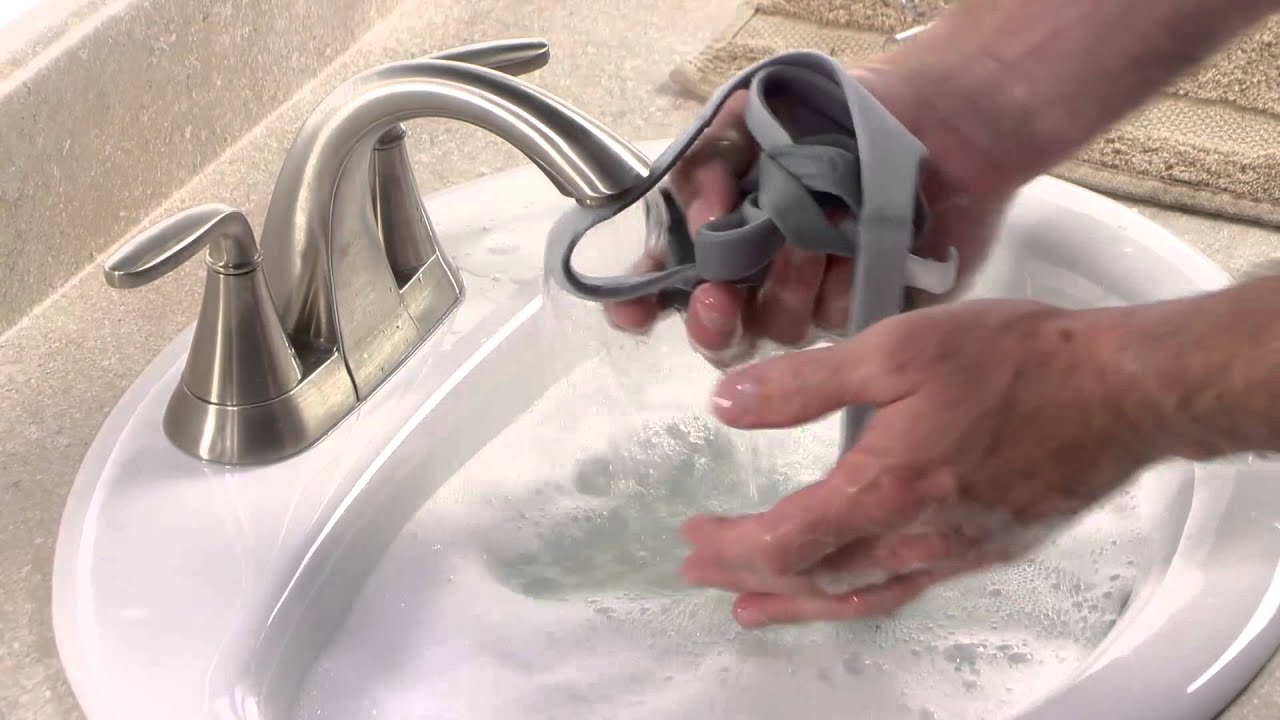
Once a week, clean CPAP thoroughly with vinegar to kill all pathogens. Using vinegar is one of the best and safest ways to do this. It can stop mold and fungi that love the wet and warm surface of a CPAP hose.
If you can’t find time to regularly clean your CPAP, use special machines that sanitize your equipment. They reduce the risk of growing harmful germs, bacteria, or viruses. Still, remember that sanitizer is a temporary solution, and you need to clean CPAP parts. Hand cleaning will remove dust, skin cells, body oils, and mineral buildup on your mask and hose.
Can I Clean CPAP with Vinegar?
Vinegar is a great tool because it is cheap and accessible. Everyone has it in the household. It is acidy, so it can actively kill yeast, bacteria, mold, and fungi. It creates a toxic environment that is harmful to such particles, so they can’t live and develop in it.
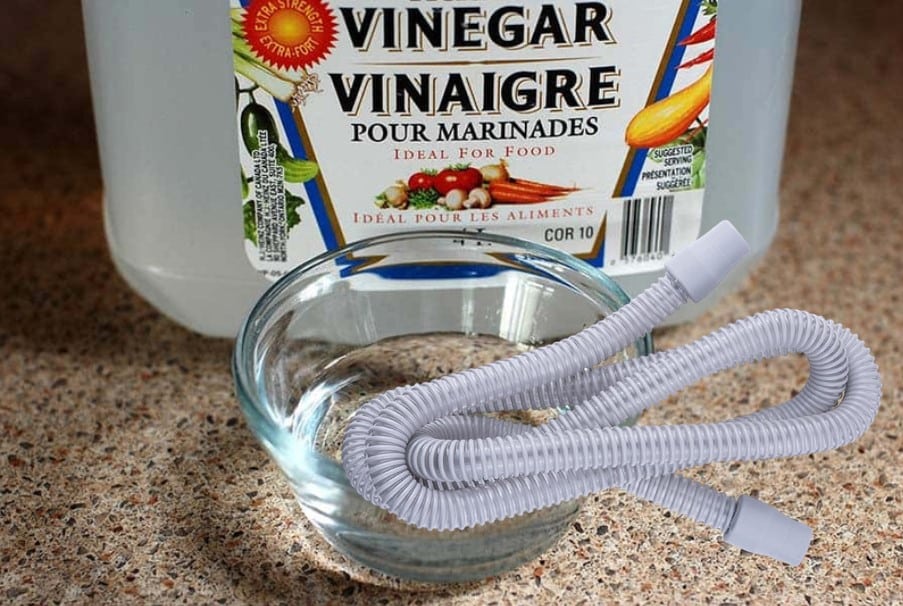
Still, vinegar cannot be a replacement for warm soapy water. To clean with vinegar, you need to soak the hose in it for some time to kill bacteria. Still, to clean possible grease, buildup, skin oil, or dead cells, you need to use soap. Use vinegar cleaning as a disinfectant.
How to Clean CPAP Hose with Vinegar?
First of all, we recommend cleaning CPAP daily. If you make it an everyday habit and incorporate CPAP cleaning into your schedule, your health will benefit from it. To clean the machine, you don’t have to reassemble it each time. For daily cleaning with warm soapy water, you can keep the machine parts altogether. Still, take your time to clean the CPAP mask and hose thoroughly once a week. Remember that each part of the machine has a separate way of cleaning. Do not try cleaning a mask or CPAP motor the same way as the hose.
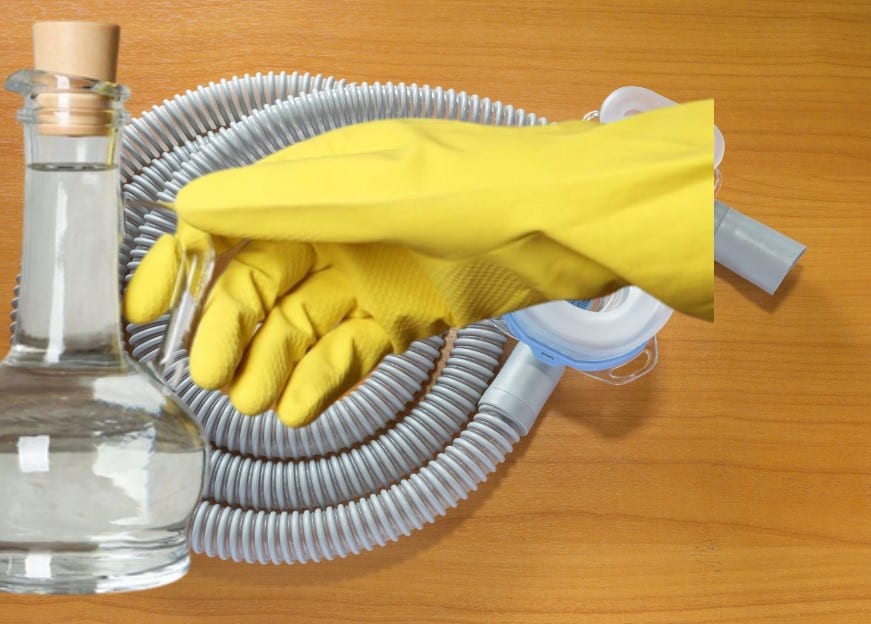
CPAP hose is the part that gets dirty the most often. Its functions and structure make it gather dust and water all over, so be sure to clean it every day to stay safe.
For Daily Cleaning
To clean the CPAP hose with vinegar, you will need:
- White vinegar
- The warm, distilled water of drinking quality (30°C or 86°F)
- A tub or a sink
- Mild soap or non-corrosive cleaning aid
- Towel or cloth
- A place to leave the parts for drying
After you have the ingredients, follow this procedure:
- Disassemble the CPAP hose from other parts of the machine.
- Mix three parts of warm water with one part of vinegar or a small quantity of soap
- Put the tube into the mixture.
- Rinse the hose thoroughly to reach all tricky parts.
- Wash the hose with clean water.
- Dry it with towels or cloth.
- Hang the hose on the rack until it is dry.
The whole procedure is simple. Make sure that your CPAP hose is dry until the next time you use it. Cleaning it at certain parts of the day will help you to care about it each time.
Weekly CPAP Hose Disinfection
Every week, the tubing of your device needs a regular soak. This procedure ensures thorough disinfection of your device and prevents the growth of mold, germs, or other allergens inside your equipment. To disinfect, you will need warm distilled water and white vinegar.
Follow this procedure for easy disinfection: Remember that you shouldn’t use the water/vinegar solution more than once. Discard it after each use. Also, do not keep the CPAP hose in the solution for more than 30 minutes. It may ruin the equipment. Humidifier, mask, and headgear will also benefit from vinegar cleaning. The procedure for mask and headgear is the same as for the hose. Still, for a humidifier, you will need more water. The concentration should be 1 part of white vinegar and 5 parts of distilled warm water. As for the other parts like CPAP devices or filters, never wash or soak them in vinegar, because you may spoil the equipment. It’s easy to clean your CPAP. Still, it’s important not to make mistakes while cleaning. CPAP machines aren’t cheap, so you should disassemble and clean them only using proven safety procedures. Handle your CPAP with care and read the tips below to make the machine run for longer. A CPAP machine is a necessary equipment for people with obstructive sleep apnea. This device is used daily and often includes a humidifier. So, bacteria, fungi, molds, and viruses can sit into the CPAP filter, hose, mask, and gear. To prevent the growth of microorganisms, wash your CPAP equipment daily. You can use vinegar with soap to wash the CPAP hose every day. Every week, give your hose a thorough 30-minute soak in warm distilled water with vinegar. You can also clean your mask, gear, and humidifier with vinegar, although proportions may vary. Remember not to use aggressive cleaning supplies on your CPAP. Also, never put CPAP parts in the dishwasher, dryer, or washing machine. Follow simple instructions and guides from manufacturers to prolong your device’s life. Read more,Cleaning Do’s and Don'ts
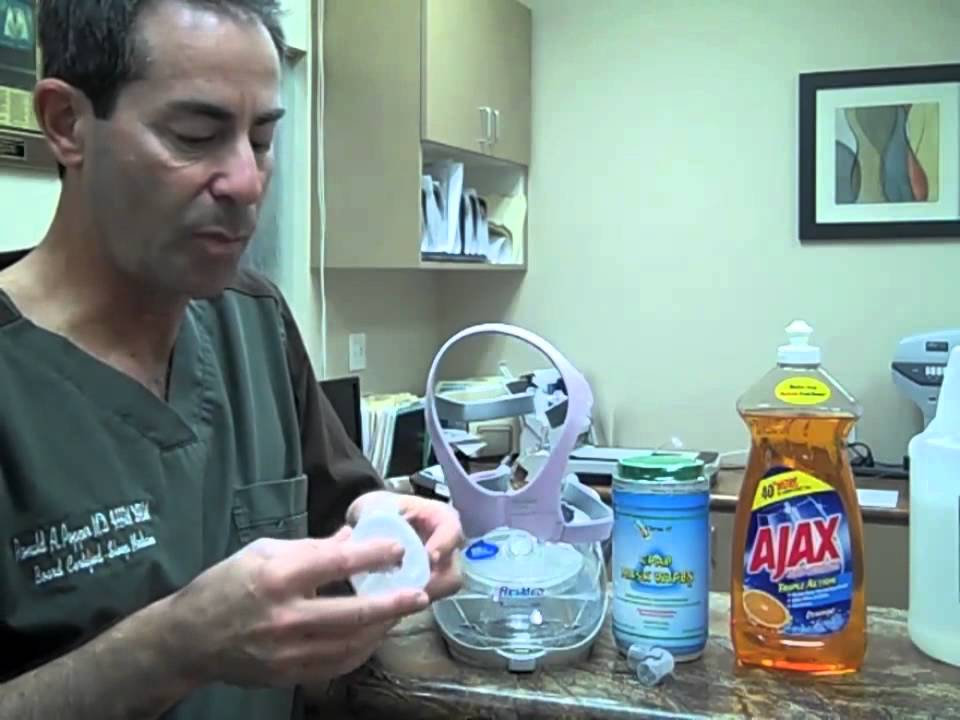
Conclusion






